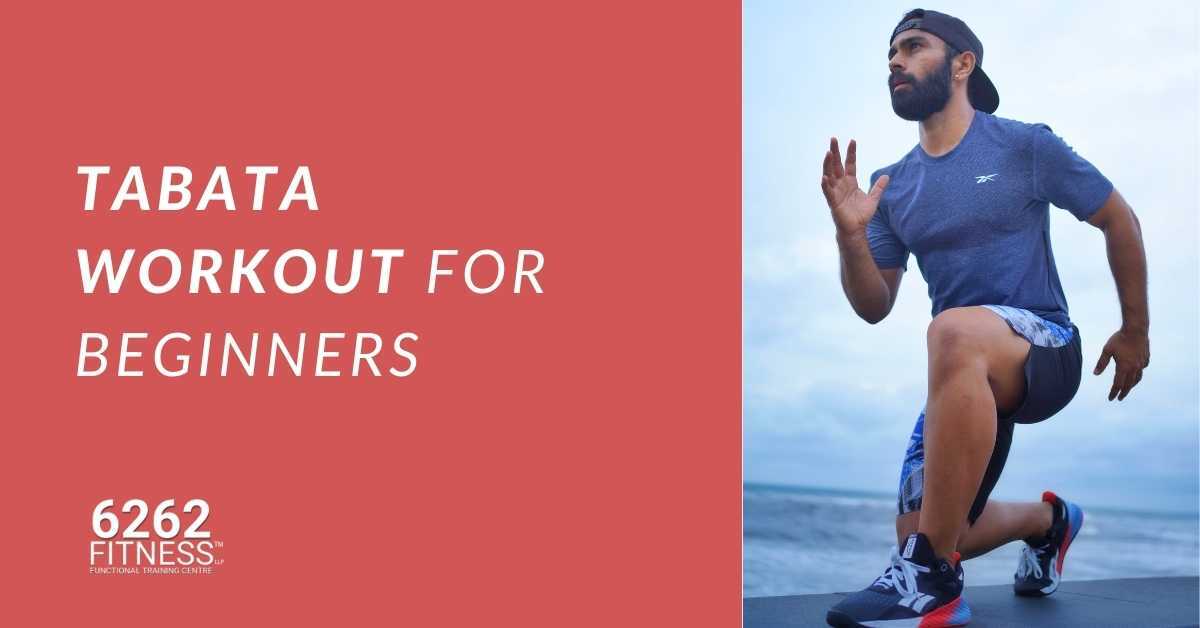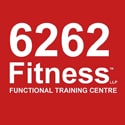
Tabata is a high-intensity, short-duration workout designed to increase your ability to utilise oxygen efficiently while exercising. Tabata training divides a workout into clearly defined periods, such as 20 seconds of intense activity followed by 10 seconds of rest. In Tabata, a 4-minute round consists of eight successive work-and-relax cycles. In this article, we’ll cover what is a Tabata workout for beginners and how to do a Tabata workout.
Izumi Tabata, PhD, developed this programme as part of a groundbreaking 1996 study to increase performance among elite speed skaters. Athletes in the research were instructed to exercise on an exercise bike for 20 seconds while pedalling as quickly as they could, then resting for 10 seconds. They went through the cycle seven to eight times.
How to do a Tabata workout?
Even though your Tabata routine is only four minutes long, it is not simple. In reality, you’ll be pushing yourself as hard as you possibly can at roughly 90% of your maximal heart rate.
So how should you do a Tabata workout? The basic Tabata structure is as follows:
- For 20 seconds, work out as hard as you can.
- 10 seconds of rest
- Complete eight rounds in total, terminating when the clock reaches four minutes.
When it comes to a successful Tabata workout, the increase in heart rate is critical. Your heart rate should reach 90 to 92 per cent of your maximum heart rate during the workout session.
Tabata is extremely efficient in reducing body fat. It will require you to work for a shorter period of time, but you’ll get the most out of it. With the afterburn effect, your body will continue to burn calories long after you’ve done your workout.
Tabata Exercises for Beginners
Tabata is an excellent approach to improving your general fitness, but to get the most out of it, you must vary your activity selection to stress different muscle groups and avoid damage. Instead of practising Tabata training with just one exercise for the entire period, you’ll alternate between two — an upper-body exercise and a lower-body one. That way, you can maintain a high level of intensity throughout the workout, avoid weariness, and push for longer than four minutes. The Tabata exercises for beginners are also designed to be as low-skill and low-impact as feasible.
Work through each exercise in the sequence for 20 seconds, pausing for 10 seconds between each. After you’ve completed all eight exercises, take a minute to relax. That concludes one round.
The popular Tabata exercises for beginners include
1. Wide leap to quick feet
- Stand with your feet hip-width apart, keep your chest raised, bend your knees and thrust your hips back. Jump forward with both feet, landing lightly, using glutes and core.
- Lift onto your toes, keeping your knees softly bent and your hips slightly hinged. Return to the starting location by taking tiny, rapid steps backwards.
- To make it simpler, instead of jumping, take a few steps ahead and then gently jog back.
2. Lateral lunge to knee drive
- With your feet hip-width apart and your core engaged, stand. Send your hips back and take a broad left-footed stride to the left. While maintaining the right leg straight, bend the left leg and drop into a lateral lunge.
- Shift your weight to your right foot and push off your left, bringing your left knee up to your chest while jumping up off your right foot.
- Swing your arms naturally to build velocity and lift. Repeat on the opposite side, landing softly on the right foot. Switch sides for the following round.
3. Jump squat
- Stand with your feet hip-width apart and your toes parallel. As you drop into a squat, engage your glutes and core, then send your hips back.
- Use all of your muscle to shoot up from the bottom of the squat, lifting both feet off the floor. Land gently on your toes and drop into your next squat right away. Repeat.
4. Lunge chop
- Begin in a lunge stance, with your right foot forward and your left leg stretched behind you, bent at the knees. Keep your hands in front of you and your weight on your right foot.
- As you bend your right knee and sweep your hands across your body to the outside of your right leg, engage your core and concentrate about moving your weight down.
- As you rotate, your abs should be engaged. Jump up and swap legs in mid-air while lifting your arms above. Land on your left foot and instantly lunge, sweeping your hands to the outside of your left leg. Alternate for a while.
5. Single-leg push-up from mountain climber
- Begin by holding a high plank posture. Drive your right knee to your chest, then your left knee to your chest (performing a mountain climber).
- Extend your left leg as far as you can. Bend your arms and drop your chest into a push-up without putting it on the floor, elevating your left leg higher than hip height.
- Bring yourself back to a high plank posture. Return your left foot to the floor and perform a mountain climber with your left leg first, ending with a push-up with your right leg up.
6. Curtsy lunge from the skater
- Begin with your feet together, knees bent, and a small bend in your hips. Shift your weight to your right foot and leap as far to the left as possible. On the left foot, lightly land. Repeat two more times, launching to the right and then the left.
- Allow your right leg to fall behind your left on the third leap and drop into a curtsy squat. Both knees will be bent at the bottom of the squat, with your left knee in front of your right. Rep the sequence, beginning on the left.
7. Frog leap with a squat push
- Stand with your toes turned out slightly and your feet just wider than shoulder width. Sitting into a low sumo squat, engage glutes and send hips back. As you hop your feet straight back and straighten your legs into a high plank, place both hands on the floor.
- Jump forward into a low squat stance with your feet outside your hands and your hips low. In an explosive movement, jump straight up and stretch your arms high. Repeat with a gentle landing.
8. Russian twist
- Knees bowed and feet together, sit on the floor. Lift your feet a few inches off the floor while maintaining your knees bent. To aid balance, lean back so that your back is at a 45-degree angle to the floor.
- Activate your core. Twist your arms from side to side with your palms touching and your arms extended in front of you. Only rotate your upper body while exercising your upper abs and obliques. Avoid putting any strain on your low back.
Difference between Tabata and HIIT workout
High-intensity interval training (HIIT) is a cardiorespiratory training approach that comprises brief bursts of intensive activity followed by even shorter recovery intervals. Within a 20- to 30-minute period, you repeat this cycle multiple times.
Tabata, on the other hand, is a sort of HIIT workout that intends to provide maximum results in the shortest period of time. You’ll undertake eight rounds of 20 seconds of hard activity followed by 10 seconds of rest for each exercise.
Here are the key differences between Tabata and HIIT:
- HIIT refers to any sort of interval training that involves alternating periods of activity and rest. The duration of each interval varies, but it normally lasts 2 to 3 minutes, with the full workout lasting 20 to 40 minutes. Bodyweight exercises, a stationary bike, or a treadmill can all be used in HIIT workouts. Equipment such as a kettlebell, a jump rope, or dumbbells can be used.
Tabata features shorter recovery times and more precise interval timing. Tabata is often performed at a higher intensity than a standard HIIT session. Each Tabata cycle lasts four minutes and consists of eight 20-second bursts of intense activity followed by ten-second recovery periods. Normally, a Tabata workout lasts 20 minutes.
| Traditional HIIT workouts can include: Squat thrusts (45 seconds)Mountain climbers (45 reps)Russian twists (20 on each side)Jumping jacks (60 reps)High knees (30 on each side) |
Traditional Tabata workouts include BurpeesSquatsMountain climbersPushupsCrunchesReverse lunges (8 rounds of 20 seconds of exercise followed by 10 seconds of rest) |
Both Traditional HIIT and Tabata exercises produce incredible results. The purpose of HIIT exercises is to get maximal muscular and cardiovascular benefits in a short amount of time. These routines are perfect if you don’t want to spend a lot of time training because efficiency is crucial. Tabata is a high-level programme designed for skilled athletes and fitness enthusiasts.
We hope you found this article on Tabata Exercises for Beginners helpful.


